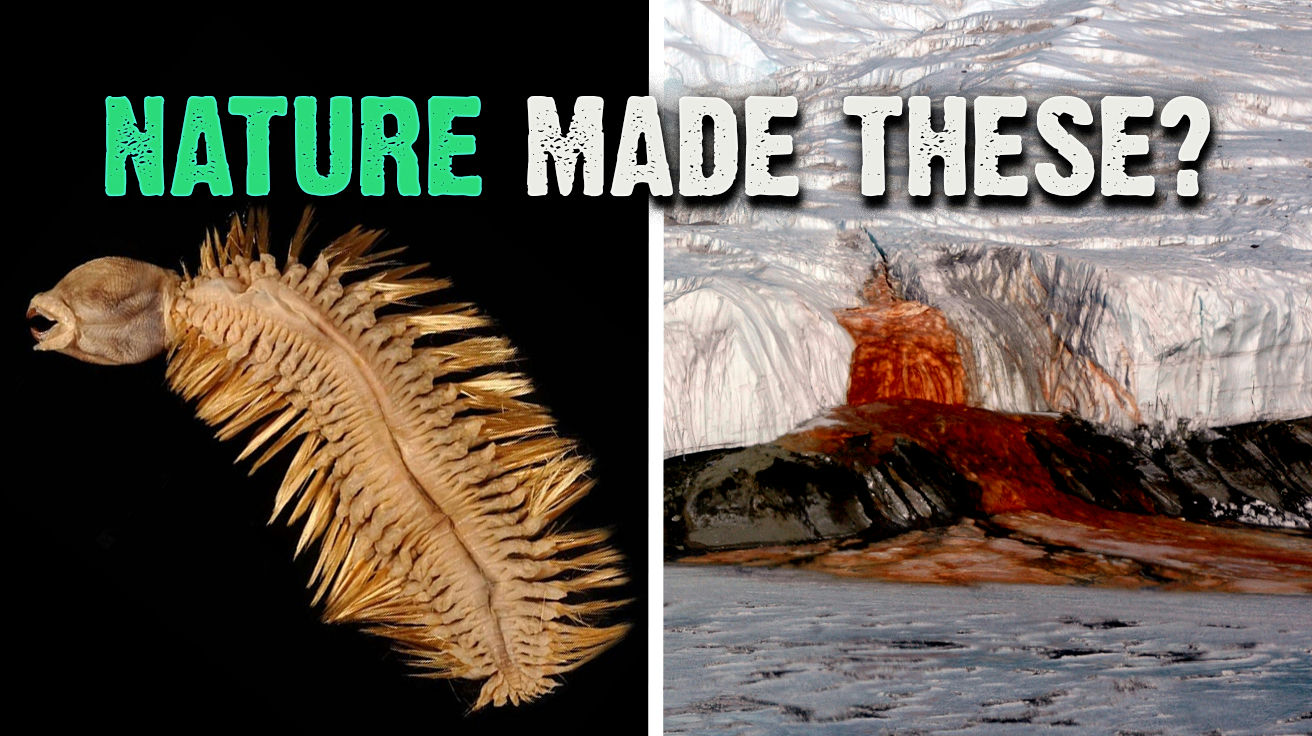Forget Mars exploration—Earth’s most alien landscape is hiding secrets that make science fiction look boring. Researchers battle -40°F temperatures and months of darkness to drag discoveries out of Antarctica that consistently blow up everything we thought we knew. This frozen continent doesn’t just store ice—it’s hoarding cosmic treasures, prehistoric mysteries, and life forms so bizarre they seem engineered by a mad scientist with a dark sense of humor. For a concise Antarctic research overview, the British Antarctic Survey offers key facts and ongoing discoveries about the continent.
11. Antarctica’s Mystery Holes: The Vanishing Polynya
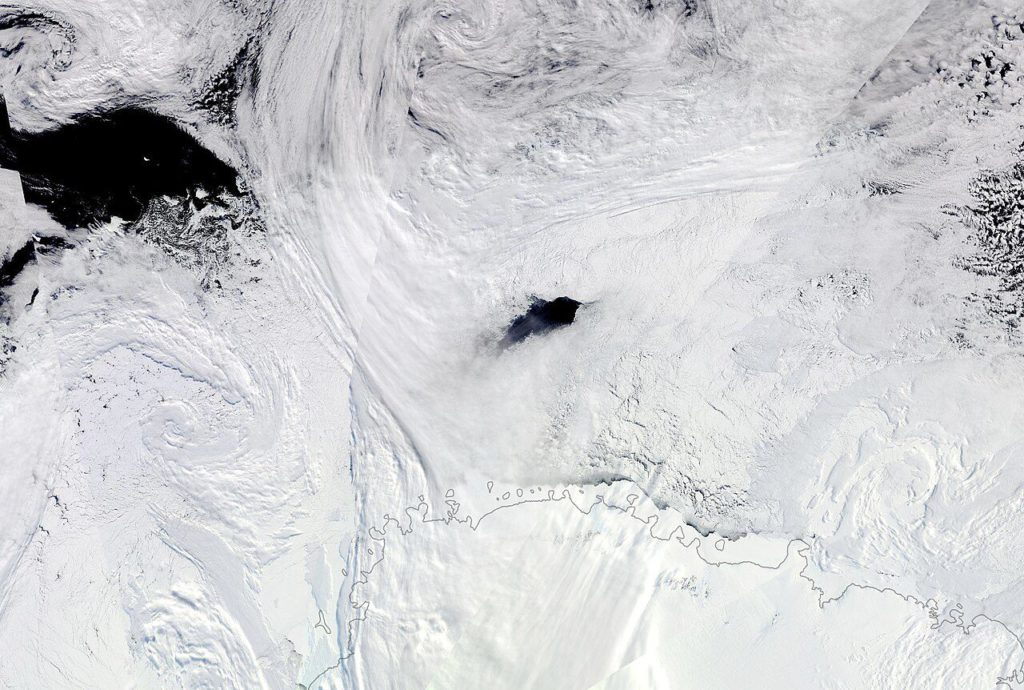
The Weddell Sea polynya is Antarctica’s version of a magic trick—a massive hole in sea ice that appeared in 1974, disappeared for decades, then suddenly returned in 2017. These ice openings form when cyclones churn the water, pulling warmer currents upward from the depths. Scientists have studied the Weddell Sea polynya phenomenon to better understand ocean-atmosphere interactions and climate variability.
The polynya’s comeback gives scientists a rare opportunity to study how oceans respond to climate fluctuations in real-time. Tracking these atmosphere-ocean interactions helps researchers predict future events and understand their wider implications for our planet’s complex environmental systems.
10. Blood Falls: Nature’s Rusty Waterworks

Discovered in 1911, Blood Falls looks like something from a horror movie—crimson liquid cascading over pristine white ice. The falls occur where Taylor Glacier sits atop an ancient, trapped water reservoir that’s been isolated for millennia. The Blood Falls microbial mystery continues to fascinate researchers studying life in extreme environments.
This super-salty, iron-rich water seeps through glacier cracks, and when it hits air, the iron oxidizes—basically rusting on contact. The microbial community surviving in this isolated pocket remains one of Antarctica’s most intriguing biological mysteries, challenging everything we thought we knew about life in extreme environments.
9. Larsen Ice Shelf: Life Finds a Way

Assuming Antarctica is just a giant freezer with nothing living in it? The ecosystem beneath the Larsen Ice Shelf would like a word. Discovered in 2005, this vibrant underwater community proves life doesn’t just survive in extreme conditions—it thrives spectacularly. The Larsen Ice Shelf ecosystem reveals thriving marine life in one of Earth’s most extreme environments.
The seabed teems with sponges, sea anemones, starfish, and mollusks, all going about their business in perpetual darkness and near-freezing temperatures. This unexpected biodiversity showcase is like finding a thriving nightclub scene in a retirement community—completely unexpected but impressively adaptable.
8. Meteorite Jackpot: Cosmic Treasures on Ice

Antarctica is essentially Earth’s meteorite magnet, yielding about 60% of all recovered space rocks. The continent’s extreme cold preserves these cosmic travelers in near-pristine condition, while ice movement conveniently concentrates them in certain areas for easy collection. Since the 1970s, the Antarctic meteorite program has collected over 20,000 specimens, including rare fragments from Mars and the Moon.
For scientists trying to understand our solar system’s origins, Antarctica is the gift that keeps on giving—a natural museum where space history is preserved better than anywhere else on Earth.
7. The Hidden Lake: Antarctica’s Buried Secret
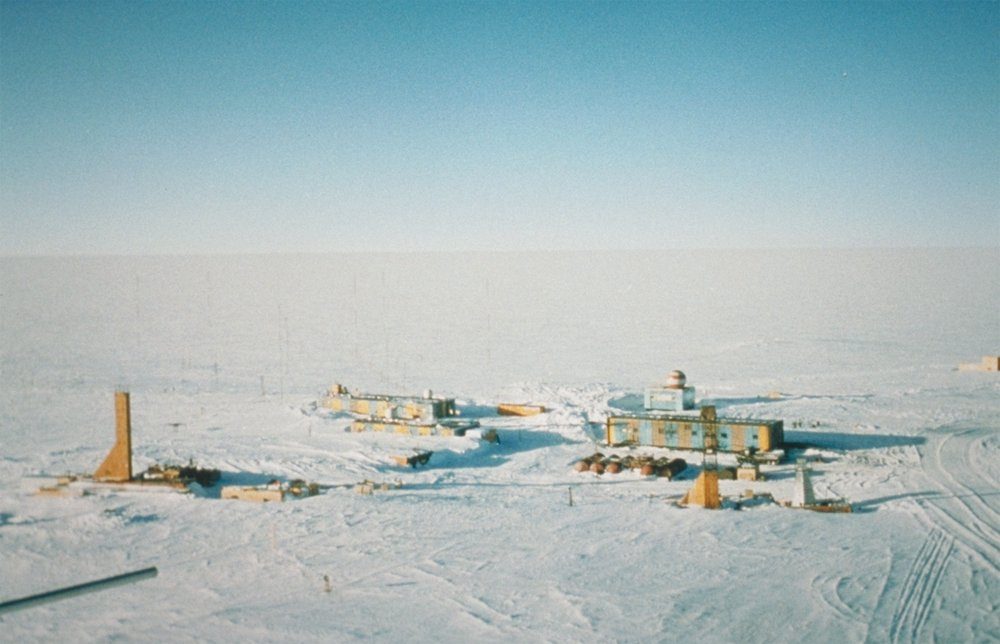
Picture discovering a lake the size of Lake Ontario, but instead of finding it on a map, it’s buried under 3.2 kilometers of ice. Using advanced radar technology, scientists mapped Lake Vostok and other massive subglacial lakes stretching beneath Antarctica’s seemingly uniform surface. The Lake Vostok subglacial lake is one of the most intriguing features beneath the Antarctic ice sheet.
Immense pressure from overlying ice keeps the water liquid despite temperatures that should freeze it solid. These isolated ecosystems might harbor unique microbial life that’s evolved independently for millions of years—basically Earth’s version of testing what happens when you lock biology in a basement for eons and see what weird stuff emerges.
6. Emperor Penguin Colony: Climate Canaries

A vulnerable emperor penguin colony discovered in 2023 consists of over 500 birds breeding on increasingly unstable Antarctic ice. These tuxedo-clad climate refugees face eviction notices from global warming as their icy real estate literally melts beneath their feet. The new emperor penguin colony highlights the urgent effects of climate change on Antarctic wildlife.
Conservation efforts now focus on protecting this fragile population through regular monitoring that’s basically like checking the structural integrity of a house built on quicksand. This colony serves as nature’s early warning system for climate catastrophe—when the penguins start packing, we should probably pay attention.
5. The Endurance: Frozen in Time

Sir Ernest Shackleton‘s legendary expedition ended when his ship, the Endurance, was crushed by ice and sank in 1915. After decades of searching, explorers finally located the wreckage in 2022, resting over 3,000 meters below sea level. The Endurance shipwreck discovery in 2022 brought new insights into polar exploration history.
Cold, dark waters have preserved this historic vessel in remarkable condition, with its wooden structure and even some items on deck still intact. The discovery provides valuable insights into maritime history and stands as a time capsule of polar exploration’s golden age—a reminder of human determination in the face of nature’s overwhelming power.
4. Antarctica’s Ozone Hole: Atmospheric Warning
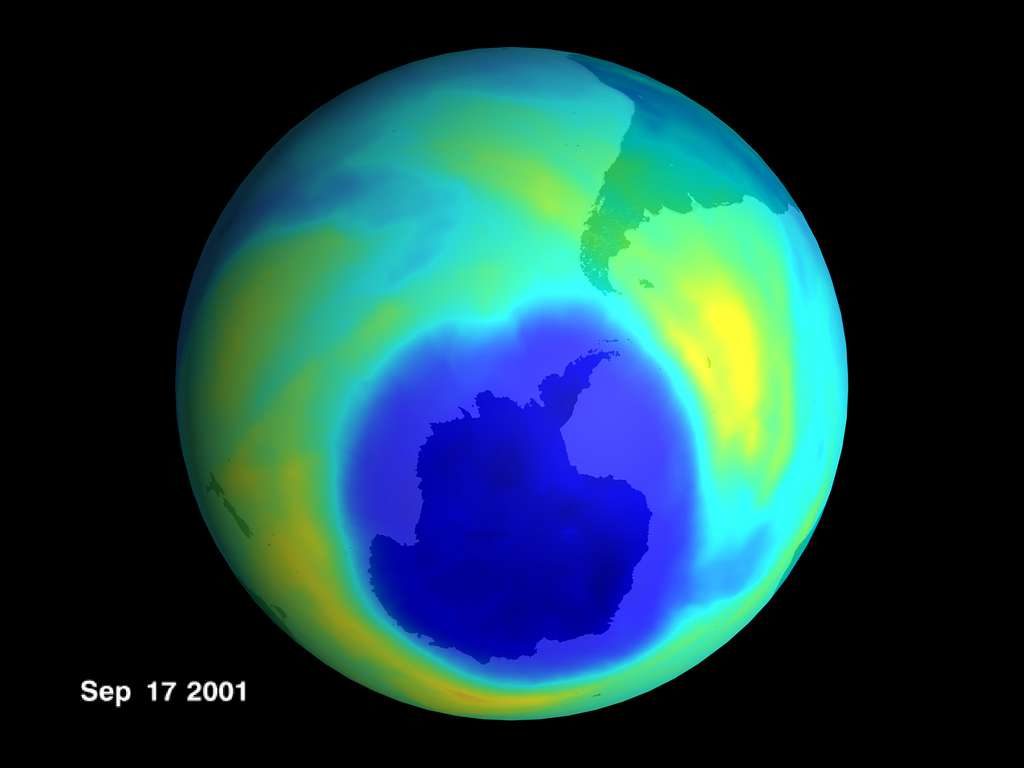
The Antarctic ozone hole appears each September and typically lasts until November or December, with its size fluctuating like your motivation on Monday mornings. The 2021 hole was notably larger than in previous years, proving that some environmental problems don’t just fix themselves with good intentions. Antarctic ozone hole monitoring is essential for tracking global atmospheric health.
Scientists continuously monitor ozone levels with the dedication of helicopter parents watching their kid’s first bike ride. International efforts to reduce ozone-depleting substances show what global cooperation can achieve when everyone actually shows up to do the work.
3. The McMurdo Dry Valleys: Antarctica’s Desert Paradox

Sand dunes replace ice sheets in these valleys that remain free of snow and ice accumulation year-round. Extremely low humidity results from powerful katabatic winds, while surrounding mountains block ice flow from nearby glaciers. The McMurdo Dry Valleys overview explains why these valleys are so important for planetary science.
This rare combination creates one of Earth’s most extreme polar desert environments, proving that Antarctica has more personality than most dating app profiles. The valleys look more like Mars than Antarctica, which explains why NASA uses them to test equipment for space missions—because apparently finding Mars-like conditions on Earth is easier than actually getting to Mars.
2. Iceberg A76A: Floating Island on the Move
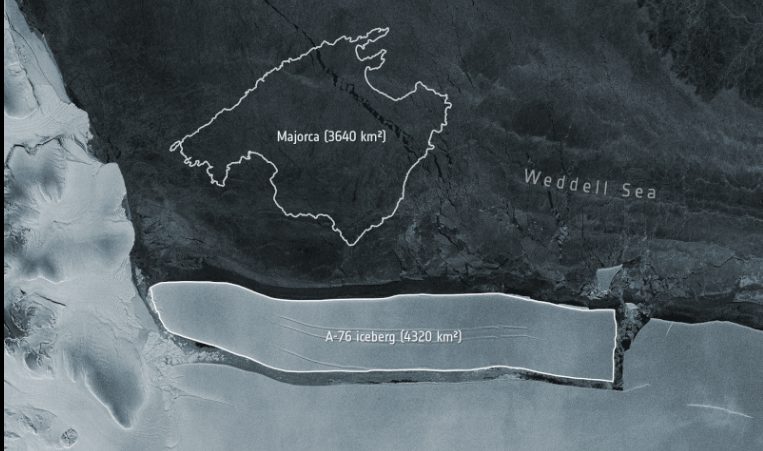
Iceberg A76A, covering an area comparable to Rhode Island (over 4,000 square kilometers), dominated the Antarctic seascape after calving in 2021 until ocean currents triggered its breakup in 2023. Tracking this massive ice cube was like following a slow-motion disaster movie where the special effects budget was unlimited and the timeline was geological. The Iceberg A76A breakup illustrates the dynamic processes shaping Antarctica’s ice.
Its disintegration released nutrients supporting marine life, but the fragments created potential hazards for shipping lanes. A76A’s journey illustrates that even in Antarctica, nothing this big moves without causing a scene and disrupting traffic.
1. Antarctic Scale Worm: Bizarre Deep-Sea Survivor

The Antarctic Scale Worm showcases peculiar adaptations to deep-sea life, growing up to 20 centimeters long with protective scales covering their segmented bodies and distinctive mouthparts that look like they escaped from a Tim Burton fever dream.
These creatures thrive in frigid Antarctic waters where countless species likely remain undiscovered, proving that nature’s creativity doesn’t take snow days. Their successful adaptation to extreme conditions suggests that Antarctica’s biological inventory is far from complete—and probably far weirder than we imagine.


